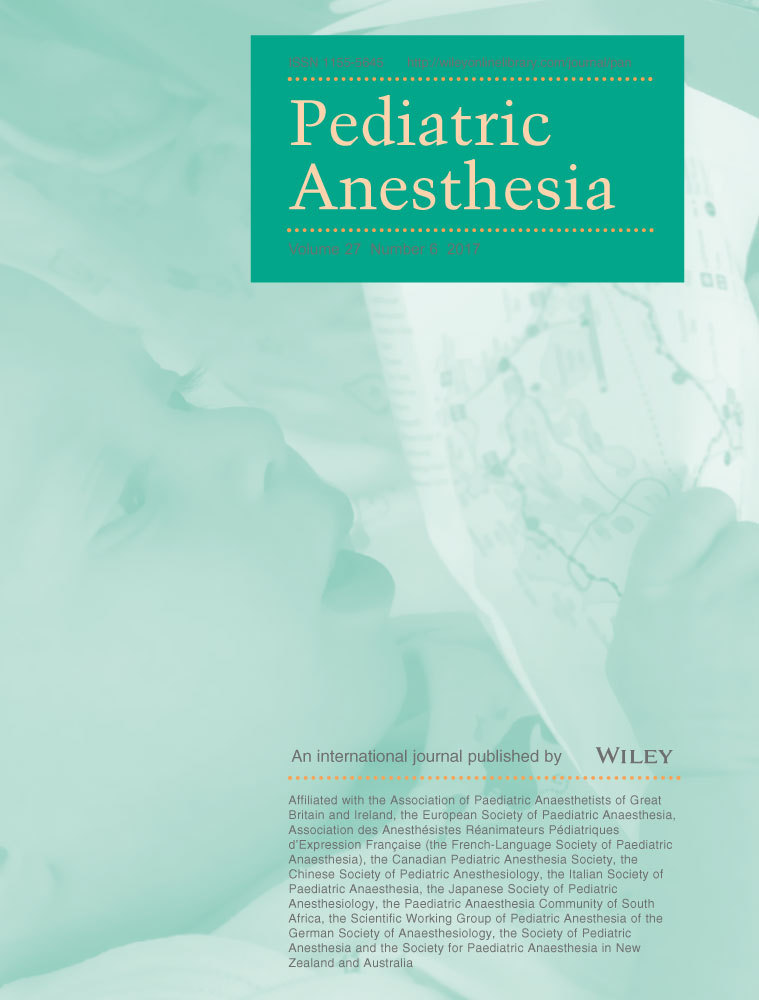Red cell distribution width as a novel predictor of postoperative respiratory adverse events after adenotonsillectomy
Summary
Background
Respiratory adverse events are commonly observed after adenotonsillectomy in children with sleep-disordered breathing. Preoperative prediction of these events enhances quality of care and resource management in facilities while encouraging precautions against them. Red cell distribution width, a measure of erythrocyte size variability, has recently been linked to adverse outcomes in a variety of disorders. Red cell distribution width has also been found to be associated with severity of obstructive sleep apnea in adults due to hypoxia-mediated inflammation.
Aim
The objective of this study was to evaluate whether elevated red cell distribution width is associated with postoperative respiratory adverse events in children with symptoms of sleep-disordered breathing.
Methods
A prospective, observational, assessor-blinded study was conducted with consecutive children undergoing elective adenotonsillectomy for treatment of sleep-disordered breathing. Under general anesthesia, adenoidectomy was performed by curettage, and tonsillectomy was carried out by dissection. The primary outcome was the occurrence of an adverse event during emergence or in the postanesthesia care unit (PACU).
Results
Among 287 patients, with mean ± sd age 7.49 ± 3.21, the frequency of respiratory complications during emergence was 62 (22.30%) and in PACU was 56 (20.14%). Mean ± sd red cell distribution width was 14.36 ± 1.06 in patients with complications and higher than that in those without complications 13.53 ± 0.59. Red cell distribution width had an adjusted odds ratio 7.28 (95% CI: 4.30–13.28) and area under the curve value 0.74 (95% CI: 0.67–0.81) to predict postoperative complications. A cutoff value for red cell distribution width was found to be 14.7.
Conclusion
Our study showed that preoperative elevated red cell distribution width is associated with an increased risk of respiratory adverse events in children undergoing adenotonsillectomy for sleep-disordered breathing.




